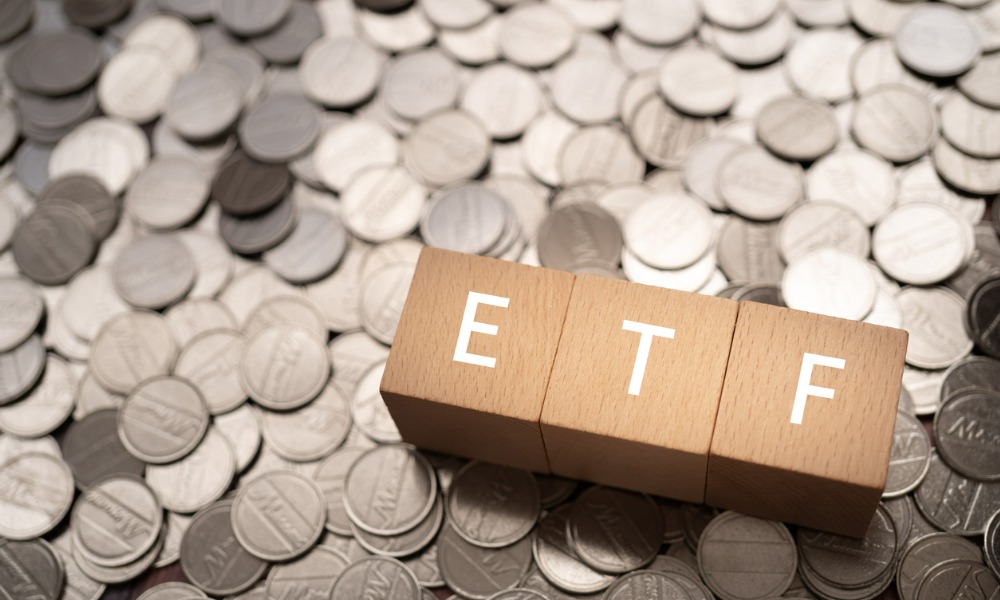Net inflows fell in April to US$27 billion from US$117 billion the month before

ETF purchases plummeted to their lowest level since the height of the Covid crisis in April, as the war in Ukraine and rising global inflation drained demand.
Citing BlackRock data, the Financial Times reported that net inflows to ETFs and exchange traded products fell to US$27.4 billion in April, down from US$117.4 billion in March and the lowest level since March 2020.
Equity funds were particularly hard hit, with inflows falling to US$2.8 billion from US$76.2 billion a month earlier.
The near-stoppage of investment coincided with turmoil in equities markets, with the FTSE All-World index falling 8.1% in April, bringing its year-to-date losses to 13.2%, amid the rising prospect of stagflation.
“We have seen a significant drop-off in headline equity flows,” said Karim Chedid, head of investment strategy for BlackRock’s iShares ETF arm in the Emea region.
Despite the fact that there was some de-risking, he said, "I wouldn't say it's a dash for cash by any stretch of the imagination."
The negative sentiment was most visible in the United States, where a net US$25.6 billion was removed from Wall Street-focused stock ETFs, while outflows from European equities and net flows into broad developed market vehicles, emerging markets, and Japan were significantly less.
Chedid said that the outflows were primarily due to a technical factor: futures contracts now trade at a discount to broad market indices, "therefore some institutional clients have converted in the past month from US equities ETFs to futures," he stated.
“Flows of this size are typically tied to the derivatives markets,” Chedid added. “It’s important to keep in mind, however, that these outflows don’t represent investor selling or a shift in sentiment — just a shift in the way they get exposure to the underlying index.”
There were strong indicators of investors taking a more conservative position at the sector level. According to BlackRock, healthcare ETFs attracted a net US$3.6 billion, while utilities funds received US$2 billion, the biggest since February 2016 and the third-highest total on record.
Despite a monthly record inflow of US$10.9 billion in January, a further US$6.3 billion was withdrawn out of financial ETFs, putting the sector in the red for the year.
Emerging market equities ETFs took in US$11.7 billion in April, up from US$6.6 billion in March, bucking the risk aversion trend.
However, BlackRock said it was mostly driven by demand for Asia-listed China funds, implying that some local investors are beginning to perceive potential in battered Chinese companies.
Even while overall inflows only fell to US$18.8 billion from US$25.5 billion in March, caution was the theme of the day in fixed income.
Government bond ETFs brought in US$15.9 billion, a record high set in November 2018.
In the eurozone, however, flows to higher-risk investment-grade corporate bonds decreased from US$3.3 billion in March to US$1.2 billion, and turned negative.
“Investors in these ETFs seem to be channelling the proverbial ‘buy the dip’ mentality, trying to capitalise on these benchmarks’ recent woes,” Jackson said.



